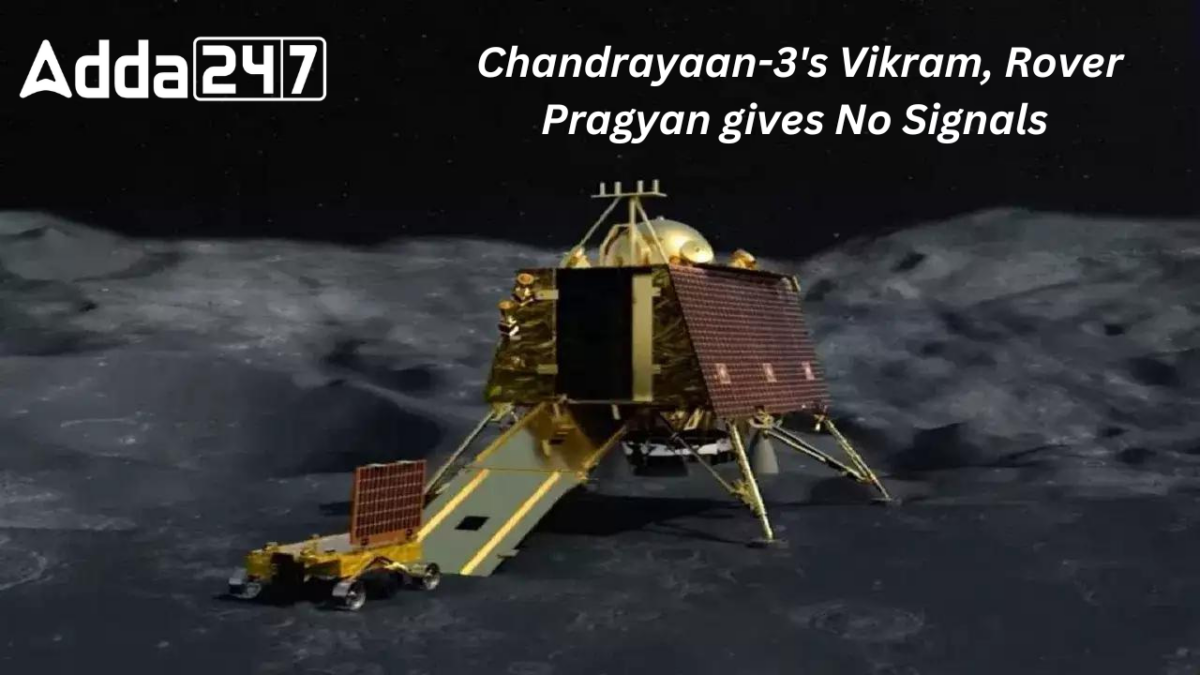What’s in News?
The Indian Space Research Organization (ISRO) has faced a setback in its Chandrayaan-3 mission as they strive to re-establish communication with the Vikram lander and Pragyan rover on the lunar surface. Despite encountering difficulties, ISRO remains optimistic about the possibility of waking up the lander and rover during the lunar day, which spans 14 Earth days. In this article, we delve into the challenges faced by ISRO, the potential reasons for the communication failure and the hopes for a successful revival.
Chandrayaan-3 Mission Goals
Chandrayaan-3 was designed to operate for one lunar daylight period, which comprises approximately 14 Earth days. During this time, the lander, rover and payloads were set to conduct a series of experiments and studies on the Moon’s south pole. This region holds great scientific significance and ISRO had high hopes for the mission’s success.
The Setback
ISRO’s initial plan was to revive the lander and rover around September 22, following the lunar sunrise near the Moon’s south pole. Unfortunately, they encountered a significant challenge: the failure to establish communication with the Vikram lander and Pragyaan rover. Despite their best efforts, no signals were received.
Lunar Night’s Harsh Conditions
The lunar night poses extreme challenges for the lander and rover. The temperature on the lunar surface plummets to as low as 200 degrees Celsius when the sun sets, subjecting the equipment to frigid conditions. These harsh temperatures can be detrimental to the systems onboard.
Hope Amidst Uncertainty
ISRO Chief S Somnath remains hopeful despite the communication setback. He emphasized that they are prepared to wait for the entire lunar day, which spans 14 Earth days. During this time, continuous sunlight bathes the lunar surface, increasing the chances of the equipment’s systems getting warned up and potentially reactivated.
The Unpredictable Outcome
Somnath acknowledged the unpredictability of the situation, stating, “As long as the temperature is increasing, there are chances of systems getting inside warmed up. So the systems could wake up even on the 14th day, there is no way to predict.” This uncertainty underscores the challenges of space exploration and the determination of ISRO scientists to overcome them.
A Ray of Hope
Despite the lander and rover being put into sleep mode on September 4 and 2, respectively, ahead of the lunar night, their receivers were kept active. This strategic decision offers a glimmer of hope for re-establishing communication and resuming mission operations.





 Which City is known as the City of Bambo...
Which City is known as the City of Bambo...
 Who was the First Prime Minister of Indi...
Who was the First Prime Minister of Indi...







